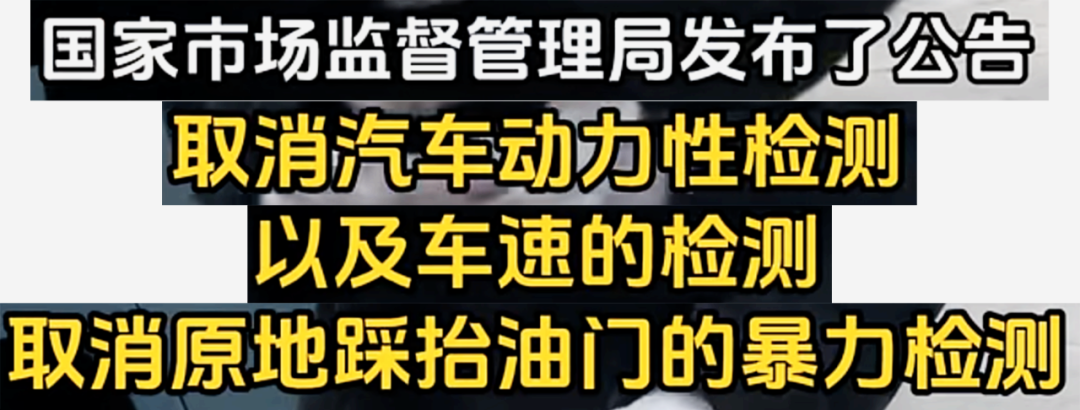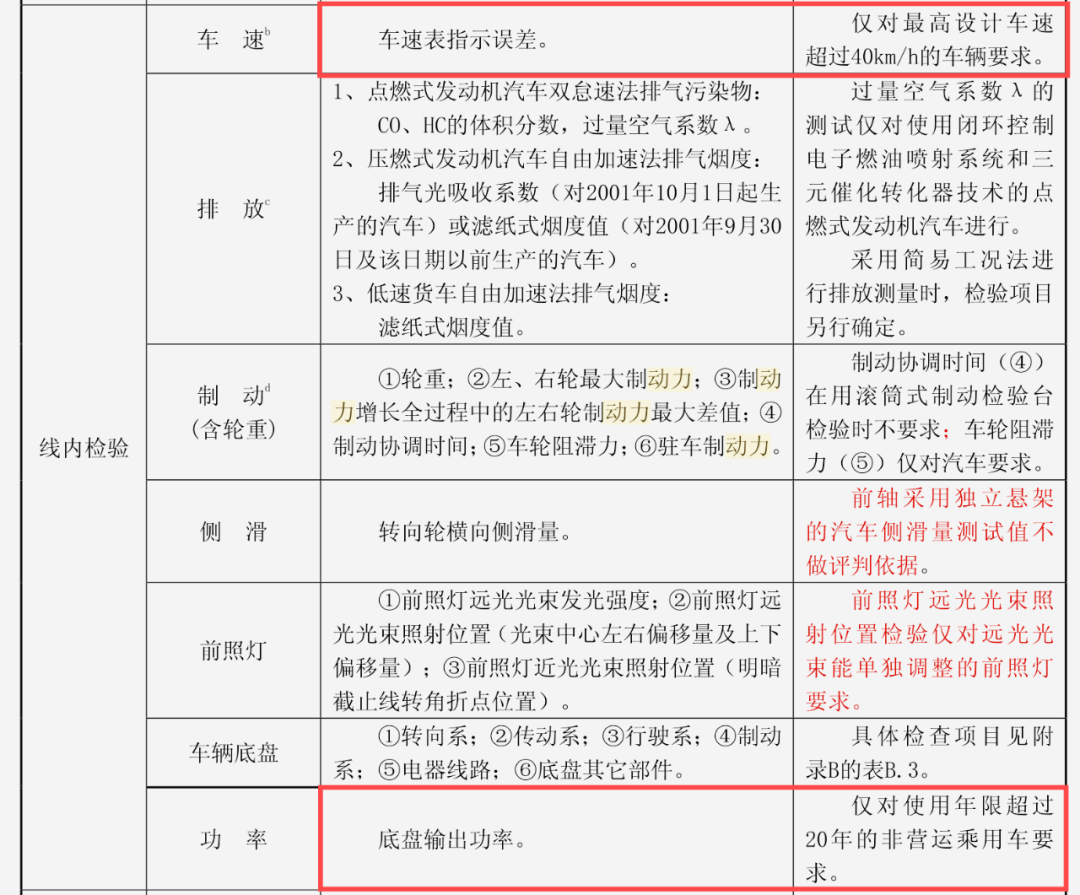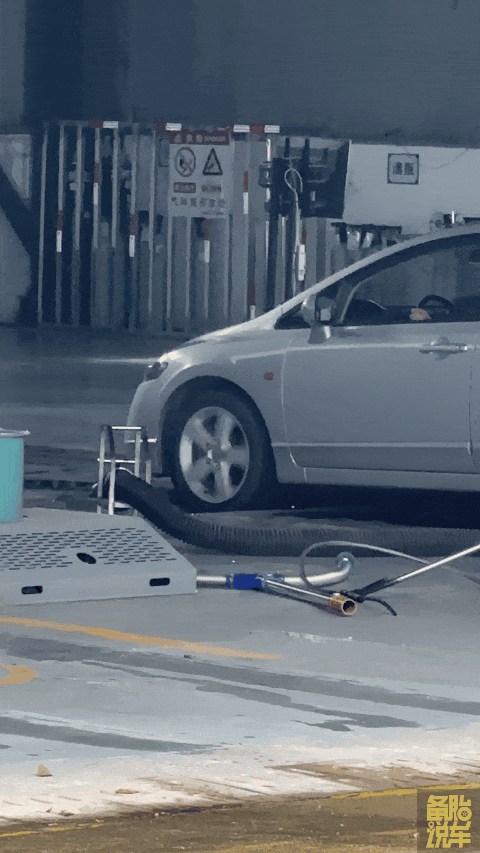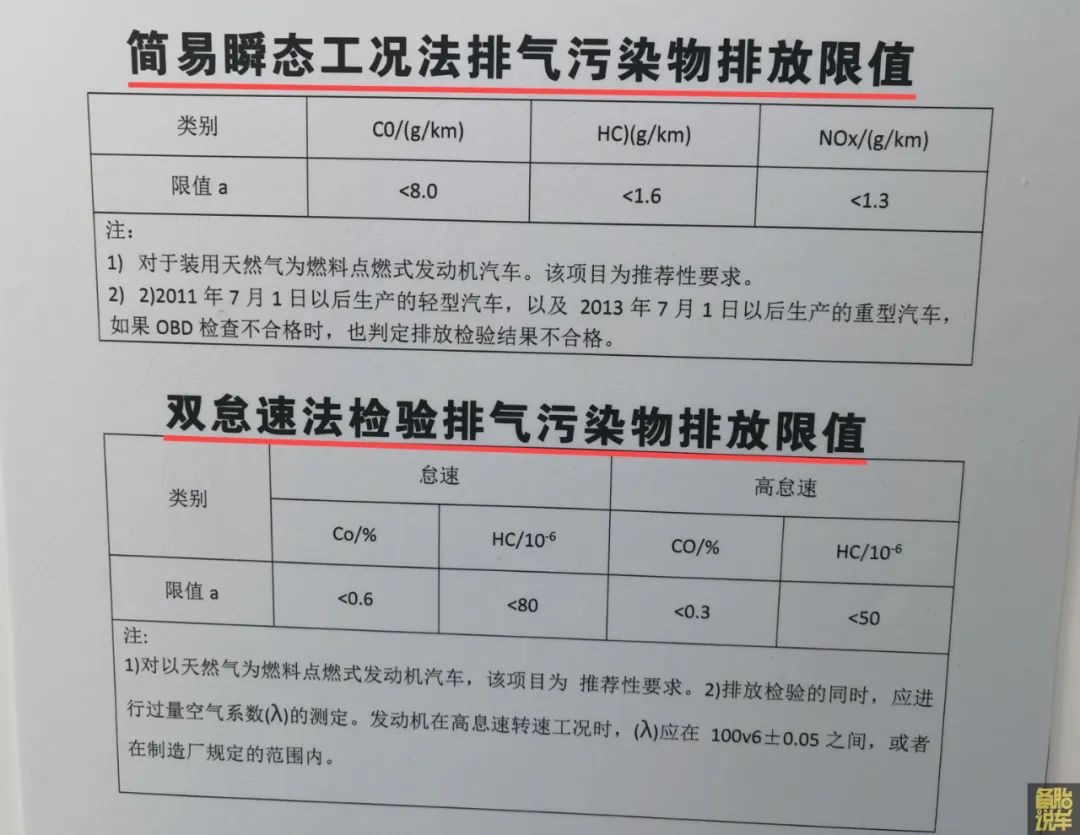“Don’t believe everything you read online about China’s vehicle inspections!” That’s the advice we’re giving you right now. Rumors about China’s vehicle inspection reforms, particularly the abolition of “violent testing,” have spread widely online. Claims suggest that certain inspection methods, like high-RPM engine tests, have been canceled. This article clarifies the facts, explains current inspection standards, and addresses common misconceptions to help car owners navigate the process confidently.
Online Rumors About Abolishing “Violent Inspections”
Misinformation often claims that China’s State Administration for Market Regulation (SAMR) has abolished “power performance tests” and “speed detection” to eliminate aggressive inspection practices. These rumors first surfaced in 2020, citing updates to the national inspection standards (GB 21861-2014).
However, the 2020 revisions only removed outdated items, such as speedometer error tests and power output tests for vehicles over 20 years old. These changes did not target the so-called “violent testing” linked to emission checks. The rumors resurface periodically, causing unnecessary confusion among vehicle owners.
The Truth Behind High-RPM Engine Testing
The much-criticized “violent testing” refers to emission inspections, not power performance tests. Two primary methods are used:
a. Transient Driving Cycle Method
Vehicles undergo a 2.5-minute simulated drive on a dynamometer, accelerating gradually to 50 km/h (0.1G acceleration).
Engine RPM rarely exceeds 2,000, mimicking typical urban driving conditions.
Emissions are measured throughout this cycle.
Most vehicles use this method, which is neither aggressive nor harmful.
b. Dual Idle Speed Method
Reserved for special cases (e.g., 4WD vehicles, oversized cars).
Requires engines to run at 70% of their maximum rated RPM (usually around 3,500 RPM for turbocharged engines) for 30 seconds.
While this may seem intense, it’s comparable to highway acceleration and far from “violent.”
Both methods follow GB 18285-2018, China’s national standard for gasoline vehicle emission limits.
Why Reforming Vehicle Inspections Is Complex
Inspection standards involve multiple government agencies, including the Ministry of Public Security, SAMR, Ministry of Ecology and Environment, and Ministry of Transport. For example, the 2022 reforms were jointly issued by these departments to streamline processes and reduce costs.
Key reforms included:
- Extending inspection intervals for non-commercial vehicles.
- Simplifying online procedures for inspection exemptions.
- Enhancing oversight to curb fraudulent practices.
Changes to emission testing protocols require inter-departmental coordination and cannot be unilaterally decided by SAMR.
Recent Regulatory Updates: What’s New?
In July 2024, SAMR launched a six-month campaign to address inspection malpractices. Key focuses include:
- Standardizing Fees: Banning unauthorized charges (e.g., bundling “emission testing fees” for EVs).
- Cracking Down on Fraud: Penalizing falsified reports and collusion between inspection centers and “middlemen.”
- Improving Service Quality: Implementing “one-window” processing and digital reporting to reduce wait times.
While this campaign enhances transparency, it does not abolish emission testing.

International Comparisons: Does China Need Inspections?
Critics often ask, “Why can’t China abolish inspections like some countries?” Let’s examine global practices:
a. Japan
Mandatory inspections every 2 years after the third year.
Costs range from $415 to $554 per inspection.
Includes rigorous safety and emission checks.
b. United States
Varies by state. Some (e.g., Florida) have no inspections; others (e.g., Massachusetts) require annual checks.
Emission standards align with the vehicle’s original factory specifications.
c. Germany
First inspection after 3 years, then biennially.
Private, certified centers conduct tests, emphasizing service quality.
Most developed nations prioritize inspections for road safety and environmental protection. China’s system, while imperfect, aligns with global norms.
Why Vehicle Inspections Matter in China
Vehicle inspections in China serve several crucial purposes:
- Safety: Identifies issues like brake failures or faulty lights, ensuring vehicles are roadworthy and reducing the risk of accidents.
- Emissions Control: Reduces air pollution by ensuring vehicles comply with emission standards, contributing to cleaner air and a healthier environment.
- Legal Compliance: Helps vehicle owners avoid fines (up to $55) and penalties for expired inspections, ensuring they stay on the right side of the law.
Preparing for Your Next Inspection
To ensure a smooth vehicle inspection experience, consider the following:
Documents Required
Bring your ID, vehicle registration, and valid insurance documents to the inspection center.
Pre-Check Checklist
Before your inspection, it’s wise to:
- Resolve all traffic violations.
- Ensure your lights, brakes, and warning signals are functioning properly.
- Remove any illegal modifications to your vehicle.
Costs
Inspection costs vary by region, but typically range from $35 to $70 for non-commercial vehicles.

The Future of Vehicle Inspections in China
The landscape of vehicle inspections in China is continuously evolving. Here are some key trends to watch for:
New Energy Vehicles (NEVs)
Starting March 1, 2025, dedicated standards (GB/T 44500-2024) will enforce battery safety and electrical system checks for NEVs, ensuring they meet the highest safety and performance standards.
Digitalization
Expanded use of e-certificates and AI-driven inspections is expected to reduce human error, streamline the inspection process, and enhance overall efficiency.

Conclusion
China’s vehicle inspection system continues evolving to balance safety, environmental goals, and public convenience. While challenges remain, understanding the regulations helps car owners avoid pitfalls and contribute to safer, cleaner roads.
By staying informed and preparing adequately, you can ensure a smooth inspection experience. For detailed guides or updates, visit official platforms like the Ministry of Public Security’s traffic management portal.

Remember, being proactive and informed is key to navigating China’s vehicle inspection process with ease.
For more information and updates, visit the official websites of the relevant government agencies or trusted automotive information portals.
Drive safely and stay informed!
—
